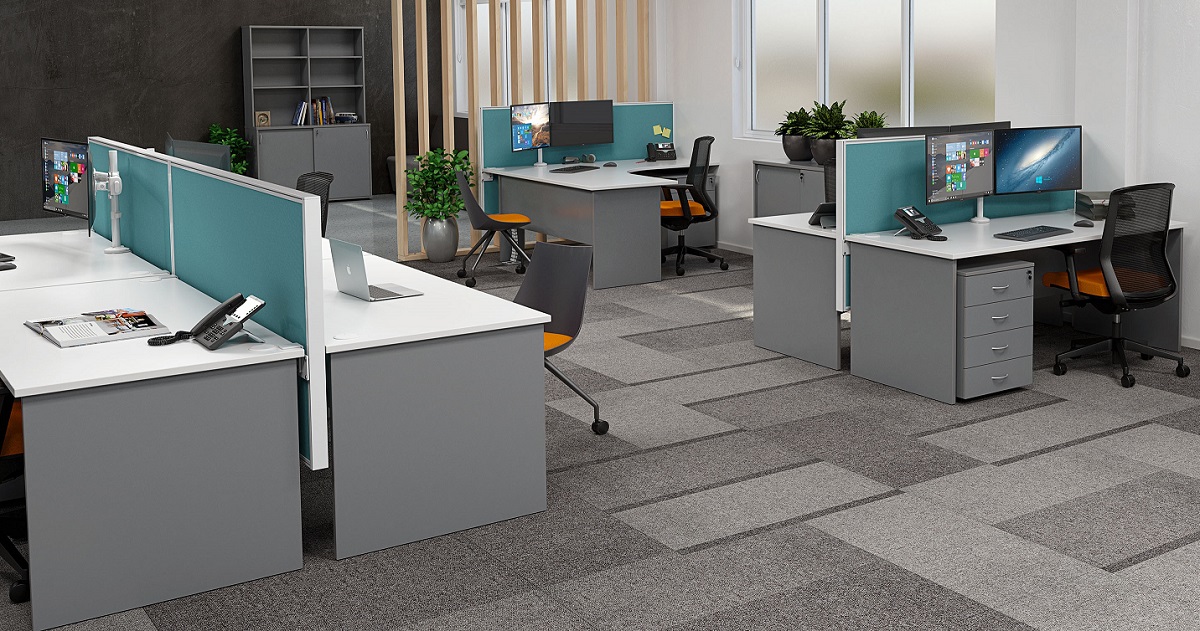In today’s fast-paced work environment, the right office furniture can make all the difference. Whether you’re setting up a new office or revamping an existing space, choosing the right pieces is crucial for productivity, comfort, and aesthetics. Here’s a guide to help you navigate through the options and find the perfect office furniture for your needs.
1. Assess Your Needs
Before diving into furniture options, evaluate the needs of your office. Consider the following:
- Space: Measure your office space to understand what will fit comfortably. This includes not only the dimensions of the room but also the flow of movement.
- Functionality: Determine the functions your furniture needs to serve. For example, do you need more storage, collaborative spaces, or individual workstations?
- Employee Needs: Think about ergonomic considerations and preferences. Comfort is key to productivity.
2. Choose Ergonomic Furniture
Ergonomic furniture is designed to support the body comfortably over long periods, reducing strain and injury. Look for:
- Office Chairs: Adjustable height, lumbar support, and comfortable cushioning are essential. Consider chairs with adjustable armrests and backrests to customize comfort.
- Desks: Adjustable standing desks can promote better posture and health. Ensure desks have ample space for computer equipment and personal items.
- Keyboard Trays and Monitor Stands: These accessories can help position your equipment at the right height to avoid neck and back strain.
3. Prioritize Quality and Durability
Investing in high-quality furniture may cost more upfront but can save you money in the long run. Look for:
- Materials: Solid wood, metal, and high-grade laminate are durable and often more resilient than cheaper alternatives.
- Construction: Check for sturdy construction and well-made joints. Poorly constructed furniture can lead to discomfort and frequent replacements.
4. Embrace Modern Design
Modern office furniture not only looks sleek but also enhances the work environment. Consider:
- Minimalist Designs: Clean lines and simple forms can make small spaces feel larger and more open.
- Color Schemes: Choose colors that reflect your brand’s identity and create a positive work environment. Neutral tones often work well in professional settings.
5. Incorporate Multi-Functional Pieces
Space-saving furniture can maximize the utility of your office space. Look for:
- Modular Desks: Desks that can be rearranged to fit different needs.
- Storage Solutions: Cabinets and shelving units that provide both storage and organization while saving floor space.
- Collaborative Furniture: Furniture that facilitates teamwork, such as modular seating and meeting tables.
6. Consider Sustainability
Eco-friendly furniture is increasingly important as more businesses focus on sustainability. Look for:
- Sustainable Materials: Furniture made from recycled or sustainably sourced materials.
- Certifications: Furniture with certifications like GREENGUARD or FSC ensures low environmental impact.
7. Plan for Future Growth
Select furniture that can adapt to your company’s growth. Modular and adjustable pieces can easily be reconfigured to meet changing needs.
8. Test Before You Buy
Whenever possible, test the furniture in person. Sit in chairs, adjust desks, and check the build quality. Ensuring comfort and functionality before purchasing is essential to a successful office setup.
Conclusion
Choosing the right office furniture involves careful consideration of your space, needs, and future plans. By prioritizing ergonomic design, quality, and functionality, you can create a productive and pleasant work environment that supports your team’s well-being and efficiency.
